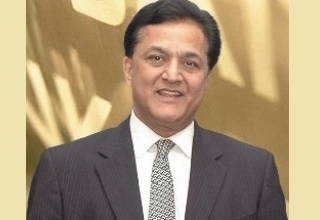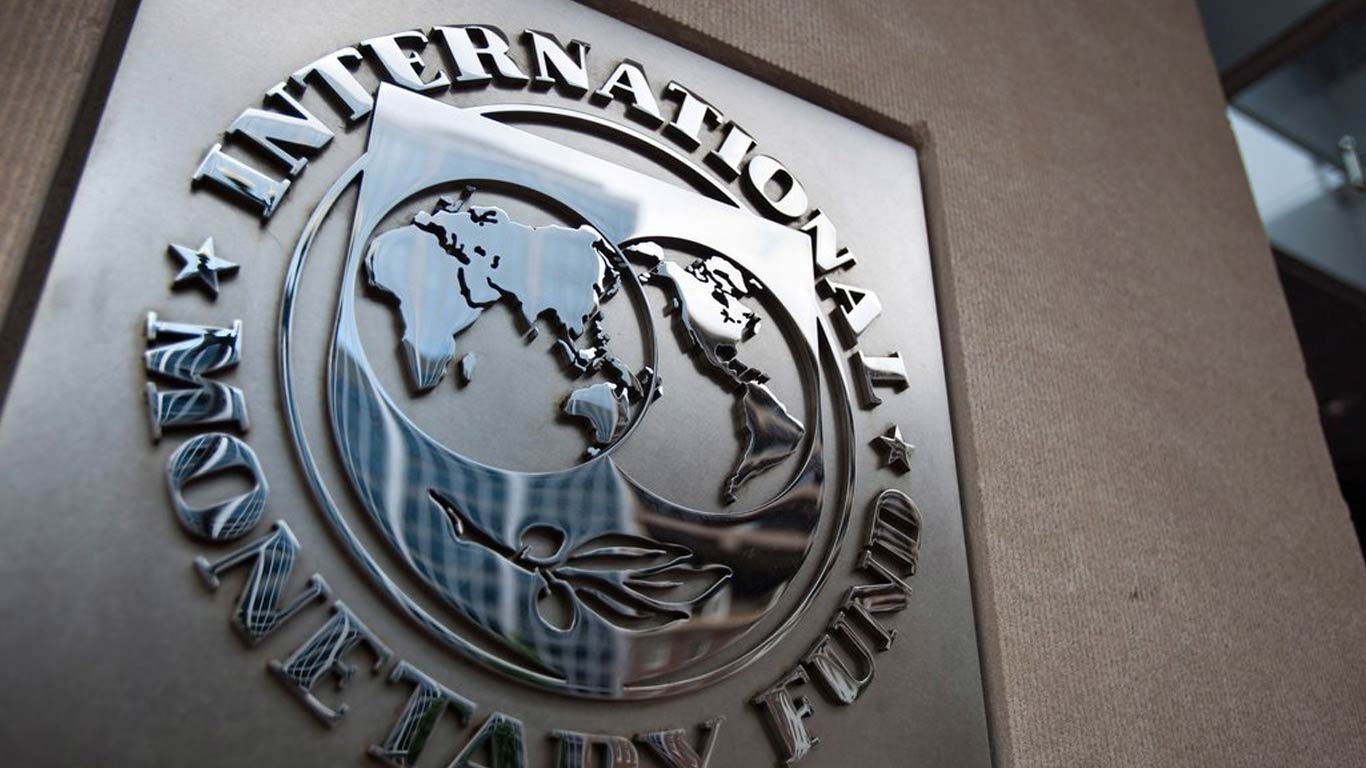ASSOCHAM seeks end to 'lazy banking'; asks banks to pay 6% interest on SB
Updated: Mar 20, 2014 01:31:29pm

In a set of recommendations to the RBI, ASSOCHAM President Rana Kapoor said, “In order to incentivize financial savings, RBI could recalibrate Savings Bank deposit rates to minimum of six per cent and keep it deregulated for rates above per cent”.
Also seeking a cut of at least 50 basis points in the benchmark policy rate repo, Kapoor said despite a landmark decision of October, 2011 by the RBI to deregulate the saving bank rates, “pre-dominantly the banking system continues to resort to the ‘lazy banking ‘and has stuck to the earlier rate of four per cent despite recent tightening of monetary policy and high CPI inflation”.
He said such a trade practice “continues to create disincentive for customers for increasing their deposit relationship with banks”.
The minimum target for saving bank deposit rates is also consistent with the recommendations of the Urjit Patel Committee to bring down CPI inflation to six per cent by January, 2016 and provide a significant incentive to channelize the bank deposits over the next two years.
Assocham said, there is a strong case for easing of policy interest rates and liquidity as growth remains weak and CPI inflation is heading towards moderation.
He said well-rated Indian banks with strong balance sheets may be allowed the flexibility of borrowing through bonds and MTNs (Medium-Term Notes), in order to garner medium/long term funds from good quality institutional investors. This borrowing should be over-and-above 100 per cent of Tier I Capital and considered only for banks with acceptable international risk ratings with minimum tenor of three years.
Banks were allowed to borrow up to 100 per cent of Tier I Capital and swap it with RBI at concessional rate - a facility which expired on November 30, 2013. “This multilateral borrowing window could be made perpetual, provided the borrowing is subject to the overall limit of 100 per cent of Tier I Capital and suitable tenor restrictions (minimum 3 years)”, Kapoor said.
The other suggestions forwarded by ASSOCHAM to the RBI include widening financial markets by developing municipal bonds for funding Urban Infrastructure. These bonds have maturity of 10-20 years. (KNN/SD)










